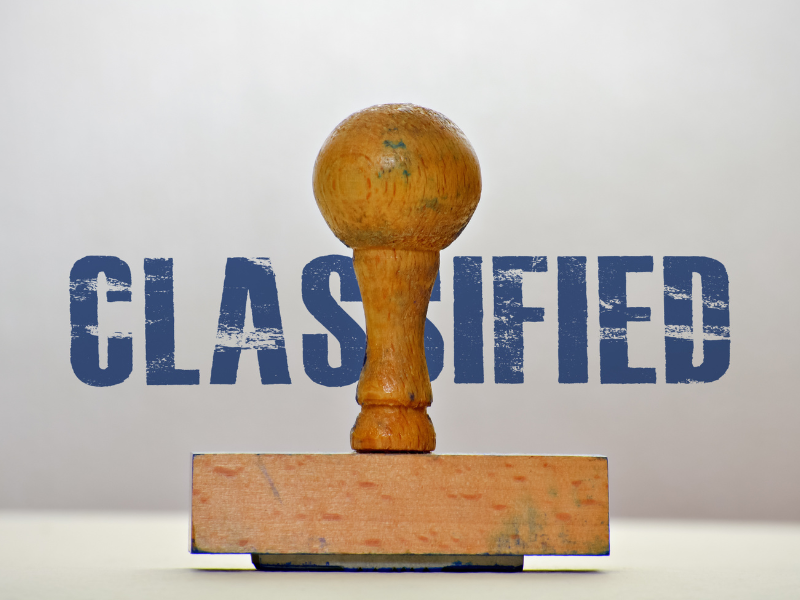Learn more about CMMC here.
Download our guide for manufacturers today.

Now that CMMC has been published as a proposed rule, there is going to be a lot of discussion regarding CUI (Controlled Unclassified Information). It is important to know the difference between CUI and PII (Personally Identifiable Information) as these conversations continue. These two types of information require different levels of protection, and understanding their differences can help you keep your data secure.
The first step in understanding the difference between CUI and PII is to define each type of information. CUI refers to unclassified information that requires safeguarding or dissemination controls per federal law, regulations, or government-wide policies. Examples of CUI include sensitive government information, financial information, and controlled technical data. Failure to protect CUI can result in severe consequences, such as legal and financial penalties or loss of government contracts.
To protect CUI, it is essential to follow proper handling and safeguarding procedures. This may include limiting access to the information, encrypting it in transit and at rest, and implementing multi-factor authentication for users. Organizations handling CUI must also have documented security plans and periodic security awareness training for employees. The NIST Special Publication 800-171 provides guidance on protecting CUI for nonfederal entities, while federal agencies should reference Executive Order 13556 and the National Archives and Records Administration (NARA) 32 CFR Part 2002.
PII, on the other hand, refers to any information that can be used to identify an individual, such as name, address, social security number, or driver's license number. PII still requires careful handling and protection to avoid identity theft, fraud, or other malicious activities, but PII protection in the United States is not as regimented as it is in Europe, where the GDPR (General Data Protection Regulation) is in force.
Protecting PII may involve different measures, such as collecting only the necessary information and protecting it with encryption and access controls. Organizations that collect PII must also comply with various state and federal laws, such as the GDPR and the CCPA (California Consumer Privacy Act). It is essential to have an established privacy policy, obtain consent from individuals, and notify them of any breaches or misuse of their data.
Understanding the difference between CUI and PII is crucial for protecting sensitive information. Both types of data require careful handling and protection, but CUI involves more stringent controls and regulations. Organizations that handle either type of data should have documented security plans and provide periodic security awareness training for their employees. By taking these steps, businesses and individuals can safeguard their data and prevent malicious activities such as identity theft or data breaches.
Remember, CMMC and NIST SP 800-171 have nothing to do with PII or other types of data. They deal solely with CUI. If you are a contractor that works for the government or who contracts for a company that works for the government, it is important to check your company’s contract and check for data restrictions. If you are not sure if your contract reflects CUI, contact your contracting officer for clarification.
If you have any questions, feel free to contact us.